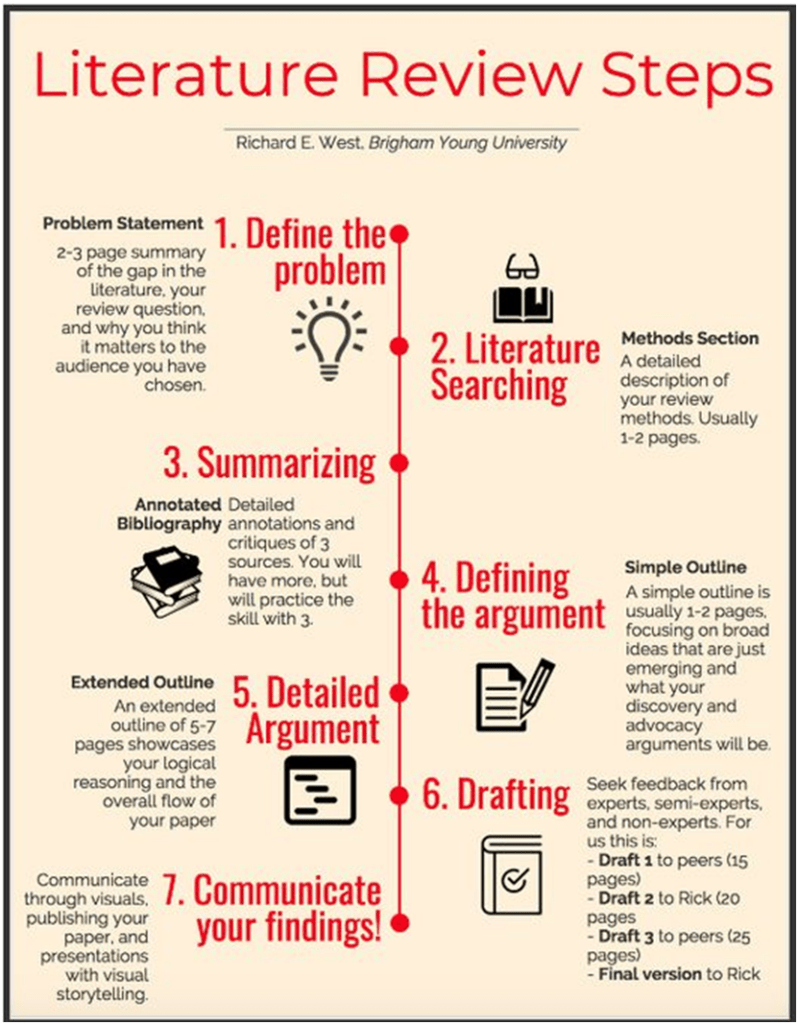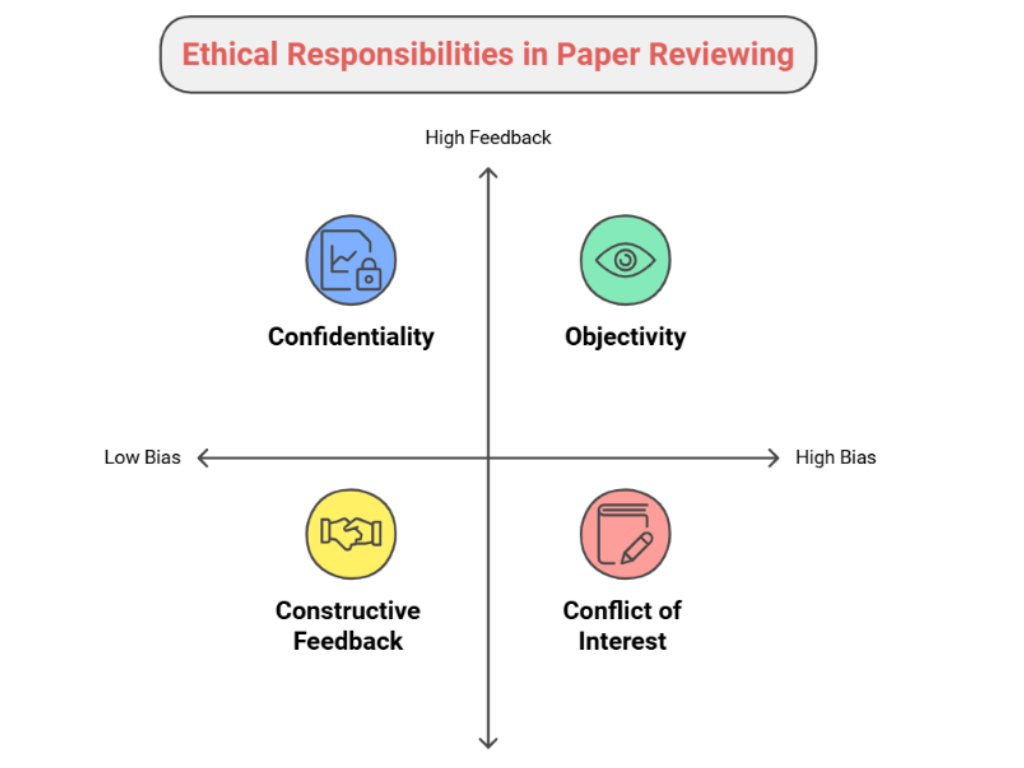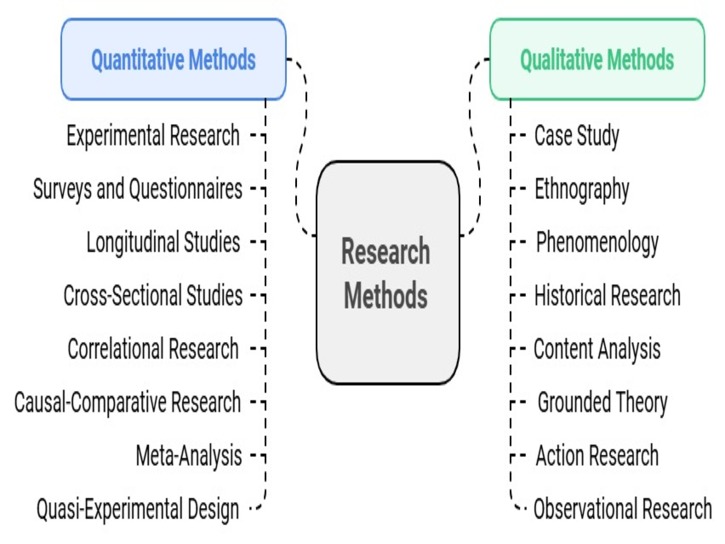Writing a literature review can feel overwhelming. But if you break it into simple steps, it becomes much easier. Whether you’re just starting or revising your work, this guide will help you plan every stage clearly.
Let’s go through the 7 steps of a great literature review as shown in the figure below.

1. Define the Problem
Start with a clear problem statement.
- What is the gap in the existing research?
- What questions are you trying to answer?
- Why is this review important for your field?
Write 2–3 pages to explain the issue and why it matters.
2. Literature Searching
Now find the right sources.
- How did you search for articles?
- What keywords and databases did you use?
- How did you collect and analyze the data?
Also include a 1–2 page methods section to explain your search process.
Do you need to analyse data?
Use Julius AI – a FREE tool for data analysis.
Julius AI analyses data in seconds. All it needs is a prompt from you.
It is used by more than 500,000 researchers.
With Julius AI, you can:
➟ Draw graphs and charts
➟ Clean your data
➟ Run statistical tests
➟ Explore trends and relationships
➟ Extract data from PDFs
➟ Perform multivariable analysis
Check it out here: www.julius.ai
3. Summarizing
Review and summarize each article.
- What is the focus of the article?
- What are its key strengths and weaknesses?
Start by writing annotated summaries for 3 sources to practice.
4. Defining the Argument
Organize your thinking.
- What patterns did you find across the papers?
- What are your key discoveries?
- What arguments do you want to make?
A simple outline helps you structure this part.
5. Detailed Argument
Now expand the outline.
- Back up your arguments with logic and sources.
- Explain your reasoning step-by-step.
- What impact could your argument have?
Write a 5–7 page extended outline before drafting the full paper.
6. Drafting
Turn your outline into a first draft.
- Make your writing clear and easy to follow.
- Add citations, headings, and examples.
- Ask for feedback from peers or mentors.
Use this flow:
Draft 1 → Peers (15 mins)
Draft 2 → Professor (20 mins)
Draft 3 → Experts (25 mins)
Final Version → Submit!
7. Communicate Your Findings
Finally, share your review with the world.
- Use visuals and graphs to explain your points.
- Build a clear and engaging story.
- Present or publish your review to reach others.
Don’t forget to read: Types of Research Questions
YouTube Channel: www.youtube.com/@DrFaheemUllah

Find me on Youtube




Very helpful, supportive, and insight to know our research standing point.